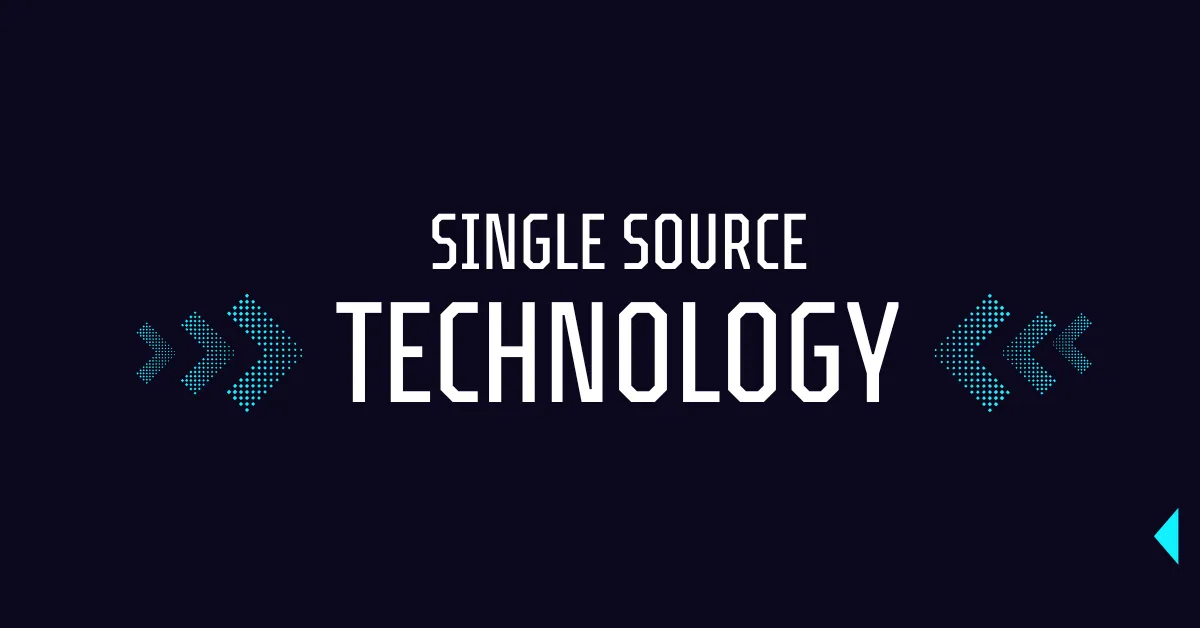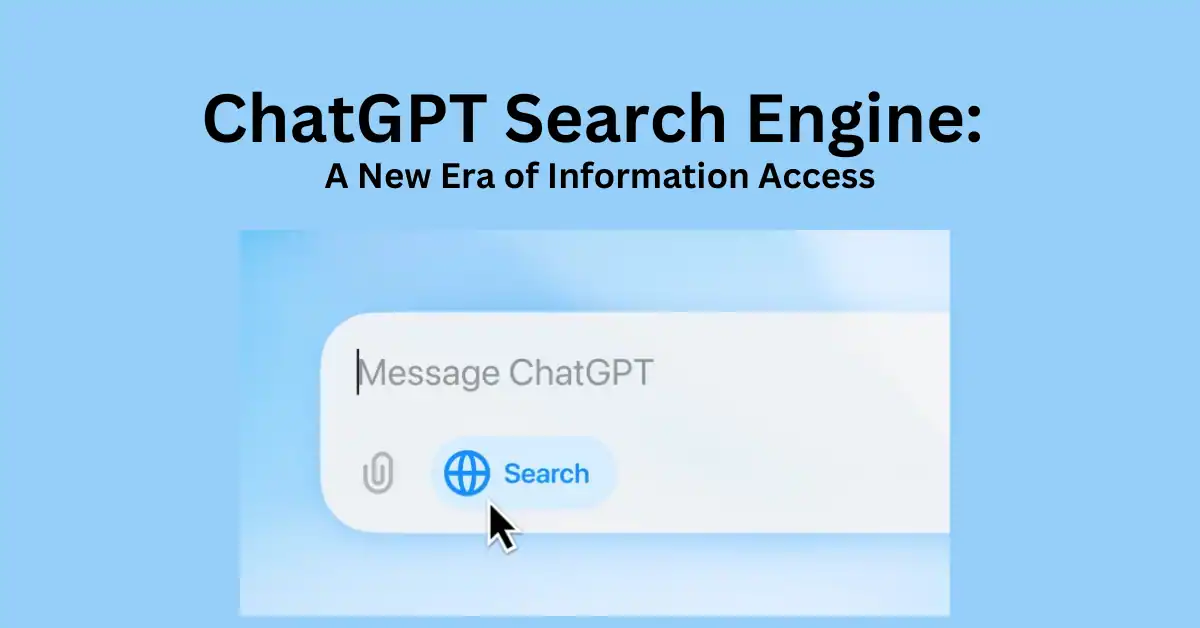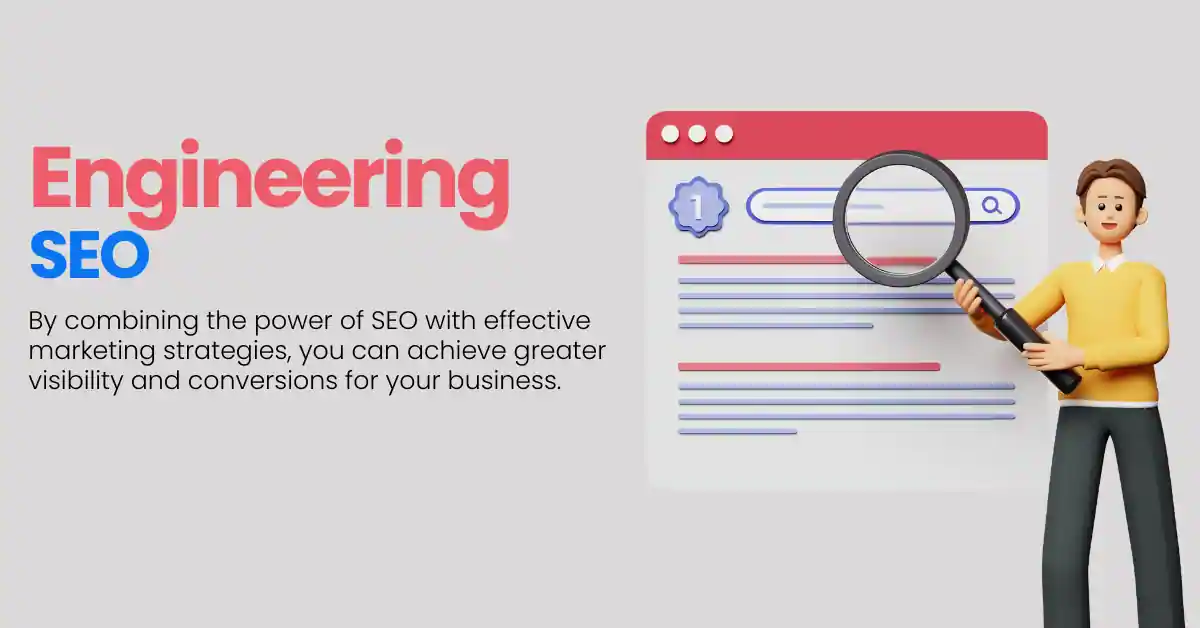In today’s fast-paced digital world, businesses are constantly on the lookout for technologies that can streamline operations, reduce costs, and improve efficiency. One such innovation that has been making waves across various industries is Single Source Technologies. But what exactly are they, and why are they gaining so much attention?
In this article, we’ll dive deep into the concept of Single Source Technologies, exploring their importance, benefits, and how they are shaping the future of different industries.
Table of Contents
ToggleWhat are Single Source Technologies?
it refer to the integration of multiple systems, software, and processes into a unified platform, allowing businesses to manage their operations from a single point of control. This approach eliminates the need for multiple standalone systems, which often leads to inefficiencies, data silos, and communication gaps. By centralizing all business functions into one cohesive system, companies can achieve a higher level of efficiency and accuracy in their daily operations.
Why Are Single Source Technologies Important?
The importance of Single Source Technologies cannot be overstated. In a business environment where time is money, the ability to access, manage, and analyze data from a single platform is invaluable. It not only saves time but also ensures that all departments within an organization are on the same page, reducing the likelihood of errors and miscommunication. This unified approach is particularly beneficial for large organizations with complex operations, as it simplifies management and improves overall productivity.
Primary Aspects of a Centralized Technology Platform
At the heart of Single Source Technologies are several key components that work together to create a seamless and efficient system. These include software integration, data management, and automation. Let’s explore each of these components in more detail.
Software Integration:
It involves connecting various software applications used within an organization so that they can communicate and share data with one another. This integration eliminates the need for manual data entry, reduces the risk of errors, and ensures that all systems are up to date with the latest information. Whether it’s accounting, inventory management, customer relationship management (CRM), or human resources, software integration plays a pivotal role in creating a cohesive and efficient business environment.
Data Management:
Data is the lifeblood of any organization, and effective data management is essential for the success of Single Source Technologies. With a centralized system, businesses can store, access, and analyze data from a single source, ensuring consistency and accuracy across all departments. This unified approach to data management not only improves decision-making but also enhances data security, as all information is stored in one secure location.
Automation:
By automating routine tasks and processes, businesses can significantly reduce the time and effort required to manage operations. Automation also reduces the likelihood of human error, leading to more accurate and reliable outcomes. From automated invoicing to real-time inventory tracking, automation plays a crucial role in streamlining business processes and improving overall efficiency.
How Single Source Technologies Work?
Single Source Technologies work by integrating various systems and processes into a single platform, allowing for seamless communication and data sharing. This integration is achieved through advanced software solutions that are designed to work together, creating a unified system that can manage all aspects of a business. For example, an organization might use a single source technology platform to manage its inventory, accounting, and customer relations, all from one centralized location. This approach not only simplifies management but also provides real-time insights into the organization’s operations, enabling better decision-making.
Benefits of Single Source Technologies
The benefits of Single Source Technologies are numerous and can have a significant impact on a business’s bottom line. Let’s explore some of the most notable advantages.
Improved Efficiency:
One of the most significant benefits of Single Source Technologies is improved efficiency. By centralizing operations and eliminating the need for multiple standalone systems, businesses can streamline their processes and reduce the time and effort required to manage their operations. This increased efficiency leads to higher productivity and allows organizations to focus on their core business activities.
Cost Savings:
Implementing Single Source Technologies can lead to substantial cost savings. By reducing the need for multiple software licenses, maintenance, and support services, businesses can lower their operational costs. Additionally, the increased efficiency and accuracy that comes with a unified system can result in further cost savings, as fewer resources are required to manage daily operations.
Enhanced Collaboration:
Single Source Technologies also promote enhanced collaboration within an organization. With all departments working from the same platform, communication is improved, and teams can collaborate more effectively. This unified approach fosters a culture of teamwork and cooperation, leading to better outcomes and a more cohesive work environment.
Better Decision Making:
Accurate and timely data is crucial for making informed business decisions. With Single Source Technologies, organizations have access to real-time data from all aspects of their operations, allowing for more informed and strategic decision-making. This ability to make better decisions can give businesses a competitive edge in their industry, helping them to stay ahead of the competition.
Overcoming Integration Hurdles
While the benefits of Single Source Technologies are clear, implementing them can come with its own set of challenges. It’s essential for businesses to be aware of these challenges and take steps to address them.
Technical Challenges:
One of the primary challenges in implementing Single Source Technologies is the technical complexity involved. Integrating multiple systems into a single platform can be a complex and time-consuming process, requiring specialized knowledge and expertise. Businesses may need to invest in training and development to ensure that their IT teams are equipped to handle these technical challenges.
Cost of Implementation:
The initial cost of implementing Single Source Technologies can be significant. While the long-term benefits often outweigh the initial investment, businesses must be prepared to allocate the necessary resources for the setup and integration of these systems. This includes the cost of software licenses, hardware, and any additional IT infrastructure required to support the new system.
Change Management:
Change management is another challenge that businesses may face when implementing Single Source Technologies. Transitioning from multiple standalone systems to a unified platform can be a significant change for employees, and it’s important to manage this transition effectively. Providing adequate training and support can help employees adapt to the new system and ensure a smooth transition.
Industries Leveraging Unified Technology Solutions
Single Source Technologies are versatile and can be applied across various industries. Let’s take a closer look at some of the sectors that are benefiting the most from this innovation.
Manufacturing
In the manufacturing industry, Single Source Technologies are helping to streamline production processes and improve overall efficiency. By centralizing operations, manufacturers can gain better control over their production lines, reduce waste, and optimize their supply chain. This unified approach also enables real-time monitoring of production processes, allowing for quicker identification and resolution of issues.
Healthcare
The healthcare industry is another sector that is benefiting greatly from Single Source Technologies. By centralizing patient data and medical records, healthcare providers can improve the quality of care and ensure that all relevant information is easily accessible. This not only enhances patient outcomes but also reduces the administrative burden on healthcare professionals, allowing them to focus more on patient care.
Except this Blockchain is transforming healthcare by securely managing medical records, ensuring data integrity, privacy, and accessibility for patients and providers. This revolutionary technology enhances transparency and reduces fraud, paving the way for a more efficient and trustworthy healthcare system.
Retail
In the retail sector, Single Source Technologies are helping businesses to enhance the customer experience. By integrating inventory management, sales, and customer relationship management into a single platform, retailers can provide a more seamless and personalized shopping experience. This integration also allows for better inventory management, reducing the risk of stockouts and overstock situations.
Case Studies:
Let’s look at some real-world examples of how businesses are using this innovation to their advantage.
Case Study 1:
Manufacturing Industry: A leading manufacturer implemented Technologies to streamline its production processes. By integrating its inventory management, production scheduling, and quality control systems into a single platform, the company was able to reduce production lead times by 20% and decrease waste by 15%. This resulted in significant cost savings and improved overall efficiency.
Case Study 2:
Healthcare Industry: A large healthcare provider adopted Technologies to centralize patient data and improve care coordination. By integrating its electronic health records (EHR) system with other healthcare management systems, the provider was able to reduce administrative tasks by 30% and improve patient outcomes by 25%. This not only enhanced the quality of care but also increased patient satisfaction.
Future Directions for Centralized IT Systems
The future looks promising, with continued advancements and innovations on the horizon. As technology continues to evolve, we can expect to see even more sophisticated solutions that further enhance the capabilities. From AI-driven automation to advanced data analytics, the possibilities are endless. Businesses that embrace these technologies will be well-positioned to stay ahead of the competition and thrive in the digital age.
FAQs
1. What are Single Source Technologies?
It refer to the integration of various systems, software, and processes into a unified platform, allowing businesses to manage their operations from a single point of control.
2. What are the benefits of it?
The benefits include improved efficiency, cost savings, enhanced collaboration, and better decision-making, all of which contribute to a more streamlined and productive business environment.
3. What challenges might businesses face when implementing Single Source Technologies?
Common challenges include technical complexities, the cost of implementation, and managing the change within the organization.
4. Which industries benefit the most from Single Source Technologies?
Industries such as manufacturing, healthcare, and retail are among those that benefit the most from the implementation.
5. What is the future of Single Source Technologies?
The future looks bright, with continued advancements expected in AI-driven automation and data analytics, which will further enhance the capabilities and benefits.





